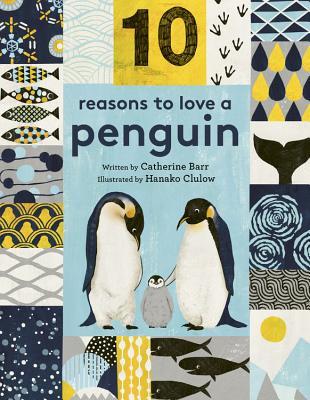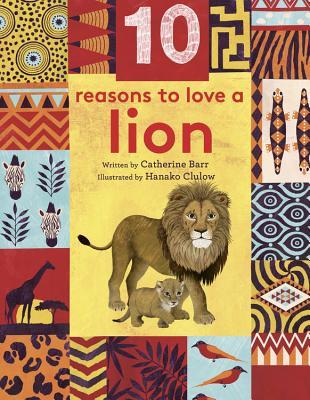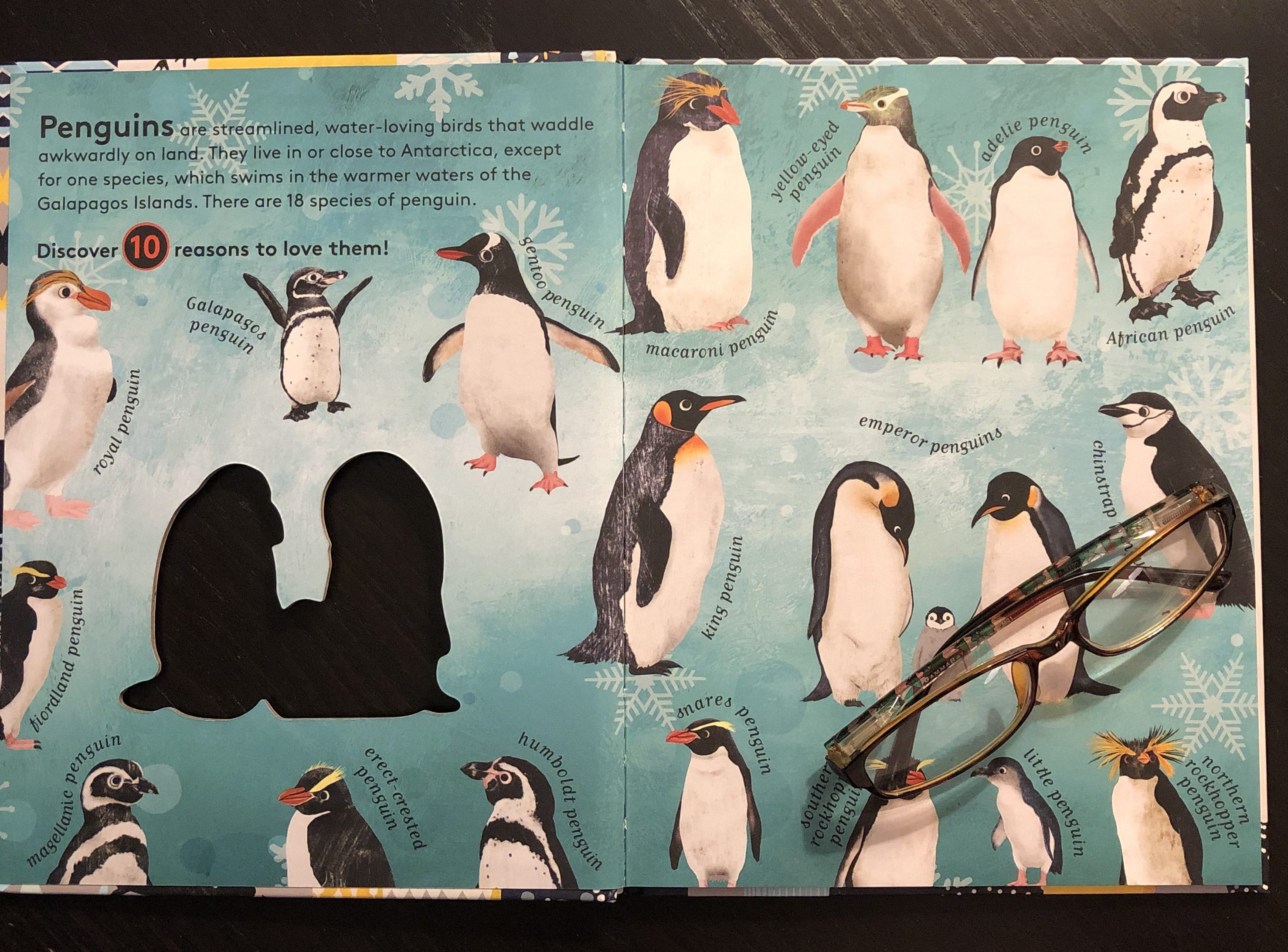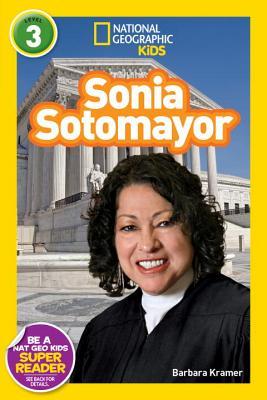
Snakes. Dinosaurs. Rocks. I remember tutoring a young striving reader who would not come into the room until I showed him the book I wanted him to read that day. He had one condition. It had to be nonfiction! I’m pretty sure this student’s reading would have been on-track the previous year if he’d had more choice about what he was reading–and if some of those choices had been nonfiction.
I know a lot of us start the year by coaching students to self-select books for independent reading. A friendly reminder to “plug” choosing nonfiction titles, too and for younger readers you might recommend SERIES NONFICTION because if you can get them to fall in love with reading one title, then there’s another they can pick up right away.
Below are some of my NEWer high-interest favorite series with suggestions for “book talking” as a way to get students to pick up these books.
These books are not leveled. I’d say for the most part they are geared towards transitional stage readers reading independently at Fountas & Pinnell levels J+ & DRA levels 18+.
If you don’t have access to these titles, check them out from a library or book talk them while students are “checking out” books from the school library. AND think about how my recommendations for “book talking/showing/plugging” can be used with titles you do have. I’ve included two tips at the end of this blog entry.
10 Reasons to Love… written by Catherine Barr and illustrated by Hanako Clulow




I was sold when I turned to the first two-page layout and saw the labeled illustrations of ALL 18 species of penguins. Immediately, Barr challenges some readers’ preconceived notions about penguins – not all penguins are the same. Each of the following two-page layouts list one reason why a reader might fall in love with a penguin – 1) They take flying leaps 2) They can see underwater 3) They go tobogganing…etc. The illustrations are vivid with a few helpful labels (including the species of penguins).
FOR BOOK TALKING – I’d project or hold up the first two-page layout and ask students, “What do you notice?” and “What do you think you’ll learn about in this book?” They can turn and talk about what they notice. This may be enough to get students interested. Leave in your classroom library to be snatched up!
For more suggestions – see my review of 10 Reasons to Love a Penguin at Goodreads.
National Geographic Readers Levels 1, 2, 3




This series is consistently well written. NG has been smart by inviting well known writers of nonfiction for children like Melissa Stewart to write these titles. CAUTION – these are not “leveled” similarly to Fountas and Pinnell. The level 1 titles are pretty rigorous as far as decoding –I might recommend to students reading at a late early stage (levels H & I). Some of these titles are available in Spanish; I need to check in with a colleague about the quality of the translation.
FOR BOOK TALKING – Share some interesting facts – posed as questions – to draw students’ interest. With Animal Architects, I might say – Did you know the sociable weavers’ nest can house up to 400 birds? That mason bees live by themselves and design-build a nest for just one egg at a time? That the spittlebug creates its own nest out of foamy spit it generates?
For more suggestions, see my review of Animal Architects at Goodreads.
Slime-Inators & Other Slippery Tricksters
by Ellen Lawrence

Ellen Lawrence is a “go to” author for me. She really understands her audience developmentally. The power of Lawrence’s writing is revealed once again in this book. Here’s a quick excerpt/example –
A parrotfish has many tiny teeth that are joined together.
The teeth form a hard, beaklike mouth.
When a parrotfish is hungry, it scrapes algae from the rocky coral with its hard teeth.
As a parrotfish gobbles up algae, it also swallows lots of rocky coral. (p. 8)
Bearport Publishing’s layout and design for this series is exceptional – very kid-friendly. Lots to learn from the photographs as well as the writing. NOTE: These books only come in hard back (which means they’ll last ;). You might have to hunt down a stack in the school library or public library or book talk before kids “check out” books in the library.
FOR BOOK TALKING – Share some of the photos and ask students for a “thumbs up” when they see a page they want you to read aloud. Then read it aloud. Do this for a few pages and then say, “If you want to know more, you’ll have to read to find out!”
For more suggestions, see my review of Slime Sleepers at Goodreads.
How Did…? Where Did…? Exploring the Everyday written by Chris Butterworth & illutrated by Lucia Gaggiotti

With simple diagrams, illustrations and straightforward language the author tackles describing to a young audience these high-interest topics. Sometimes books that take on topics like these get mired in explanations of how things work, but these are well written and tightly focused. Butterworth doesn’t try to answer every question; instead there is just enough information for students to say, “Oh, wow! I get it!” or “I have a questions about this…maybe I’ll do some research.”
FOR BOOK TALKING – Project or hold up a two page layout with a DIAGRAM for students to view. Then ask, “What do you think the illustrator is trying to teach you in this diagram?” and “Have you ever wondered about that?”
For more suggestions, see my review of How Does My Home Work at Goodreads.
NOT ALL NONFICTION SERIES are worthy of your students’ time. I’m picky about what I’d recommend to students. (You knew I’d say this.) Some series are badly written.
Tips for choosing series books to recommend to independent readers –
- Read the first page for yourself – Is the content too steep or just right to draw a young reader in? Does the first page have a load of words that would be difficult to decode?
- Look at the layout and design – Are the photographs and graphics student-friendly? Do they support the content in the running text?
Hope this helps.
I’m thinking about you all as you start a new school year. Hope it’s smooth.
S
